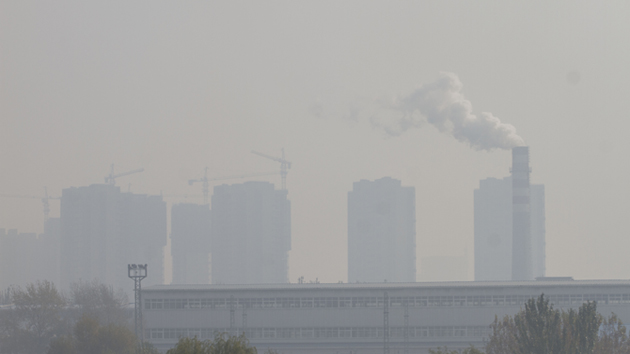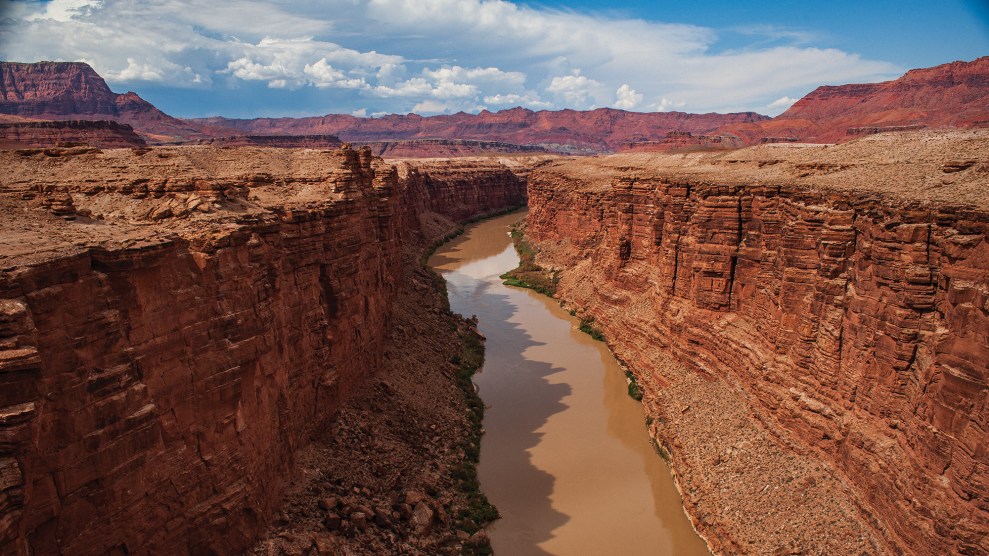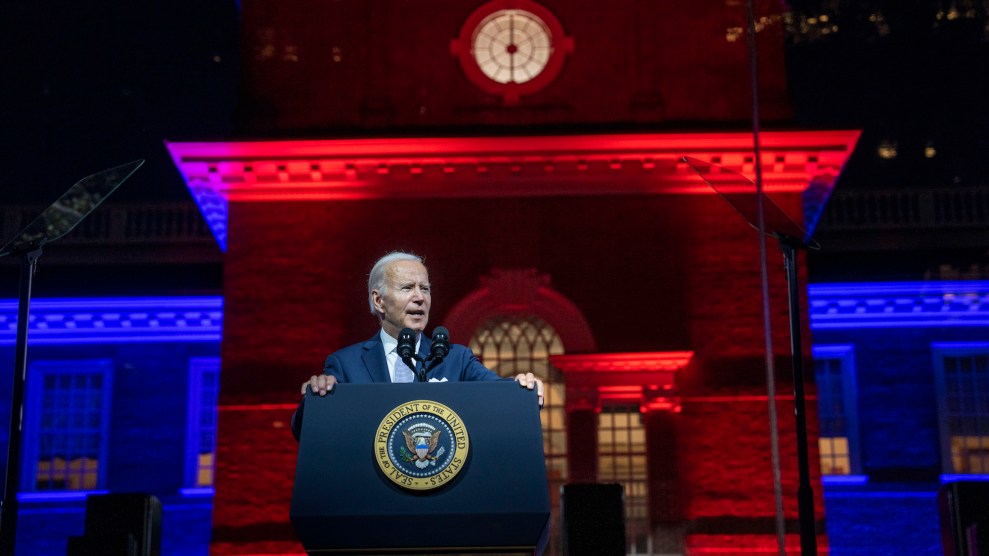
The Great Wall replica, Splendid China theme park, Shenzhen, China.James Whitlow Delano
Can the world survive China’s headlong rush to emulate the American way of life? Photographs by James Whitlow Delano. Read the full story by Jacques Leslie HERE.

Shenzhen. A paddle boat passes the Lower Manhattan replica, where the World Trade Center still stands, Window of the World theme park.

Yingshuiqiao, Ningxia. Trying to reclaim land that has turned to desert: A female worker waters newly planted trees from a bucket.

Chaoyang, Guangdong. Married couples loading three-wheeled tractors by hand await stone from a shattered mountain.

Shapotou, Ningxia. Wary workers pour a concrete sidewalk in a massive planting project to reclaim a parcel of the desert.

Three Gorges Dam. A woman regards the Three Gorges Dam at Sandouping. When the dam is completed in 2009, its reservoir will be 575 feet deep and hold 20 billion tons of water.

Three Gorges Dam. A local man in Fengjie scrapes the bare earth for a thin crust of coal that remains on the surface before the rising waters of the Yangtze River wash the valuable black crust away because of the Three Gorges Dam.

Guiyu, Guangdong. Workers, mostly migrants from the provinces, dismantle computer components without consideration for contact with toxic chemicals. Many families from Guiyu have become wealthy enough through recycling computer waste to hire others to dismantle the components for them.

Yinchuan, Ningxia. A woman wearing handkerchiefs outdoors is a common sight in the Yellow River region because of the ubiquitous sand and dust from the desert.

Inner Mongolia. Sands from springtime dust storms pile up against the mud brick house of a Mongol farmer. The deep wells of Tungu-lugu-lar village have not yet dried up the village like the grasslands that surround it, which are literally being swallowed up by Tengger Desert sands.

Inner Mongolia. 50 years ago, this was a grassland. Since Mao’s destructive development policies known as the Great Leap Forward (1958-1963), Tengger Desert sand mountains 100m (328 ft.) or higher have swallowed grasslands, lakes, and farms. The sand’s advance at this point seems unstoppable.

Guangzhou. A young Tibetan man holds a tiger paw for sale in Qingping Market.

Hohhot, Inner Mongolia. The large suburban-style home of the executive of Mengniu Dairy in gated “Yuan Yuan” community.

Shanghai. Symbols of modernity rise behind hold-outs in a neighborhood doomed for destruction. Families cling to the remains of their neighborhood as it is being demolished around them to make room for a new construction project, probably a high-rise building.

Shenzhen. Migrant men take a lunch break on a construction site.

Linhe, Inner Mongolia. Tomato farmers, who have been waiting for days to unload their harvest, line up kilometers away from a tomato-juice plant.

Shenzhen. Road workers ride in the back of a truck while Shenzhen rises through the haze of a thick smog.

Beijing. The promise of Western-style capitalism.

Shanghai. An impressive trophy of post-modernity is the 33-story-deep atrium of Shanghai’s Grand Hyatt, which starts on the 53th floor and tops off on the 87th.

Three Gorges of the Yangtze River. A massive arch is erected to span the gateway to Wuxia Gorge.

Shenzhen. The Great Wall replica, Splendid China theme park.



























